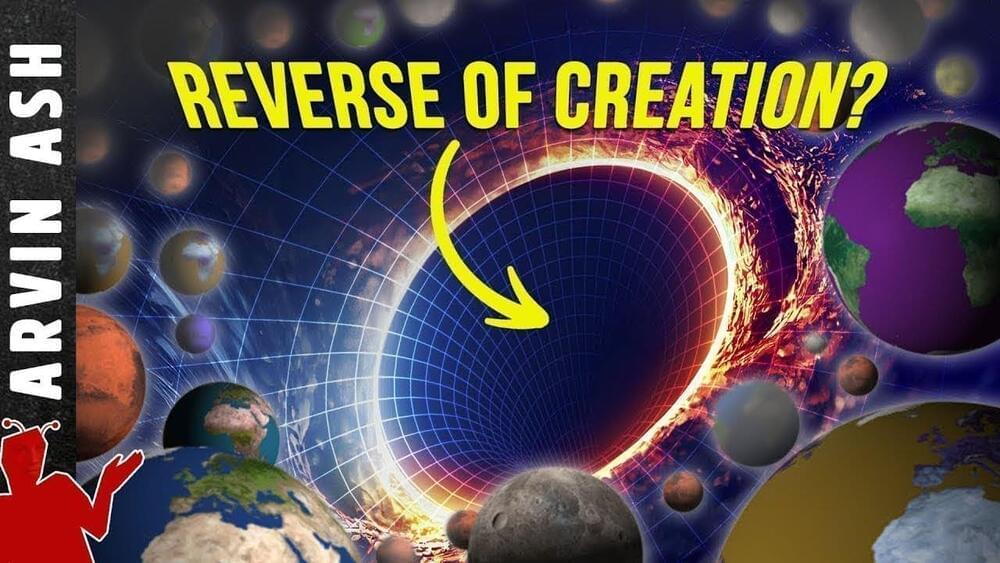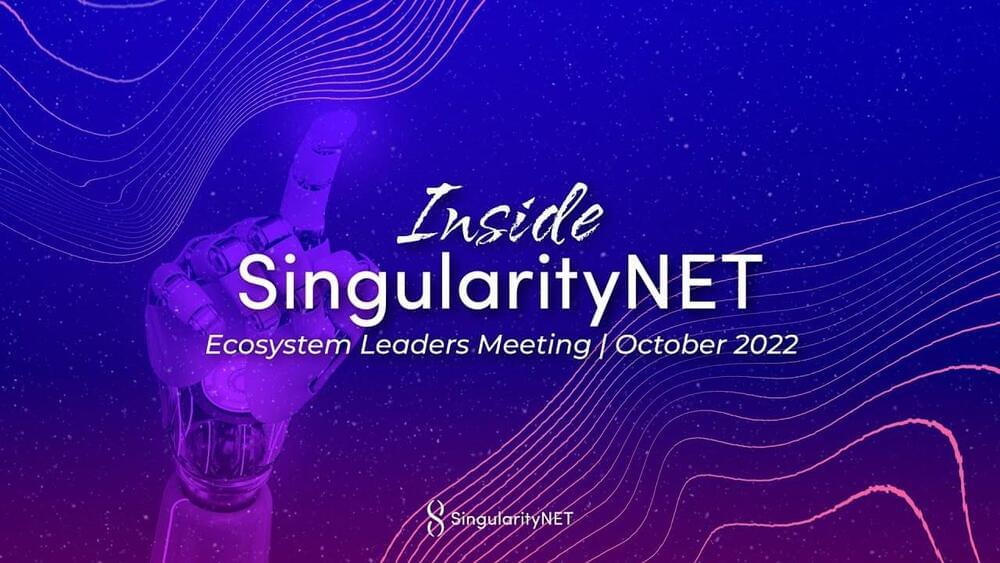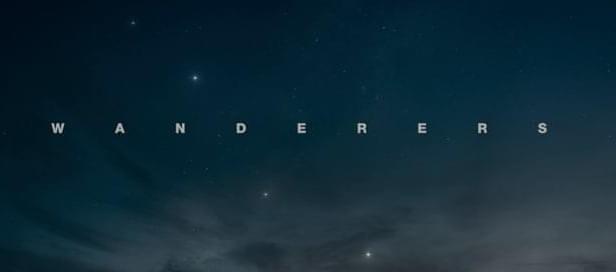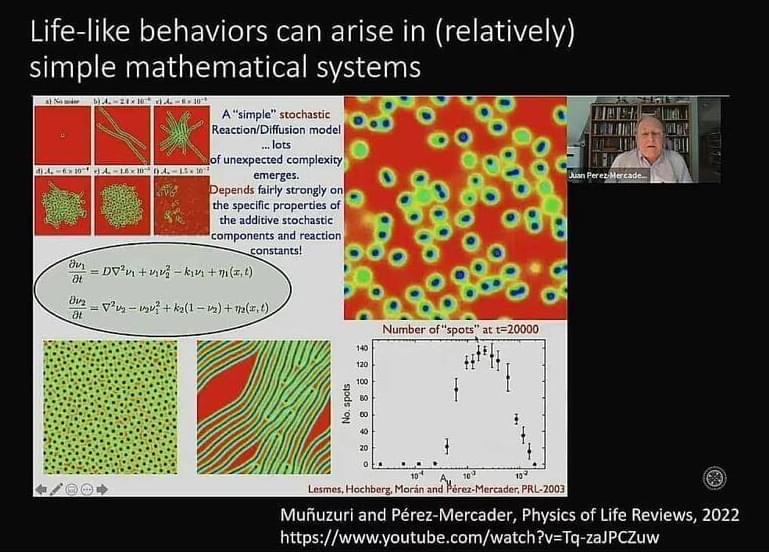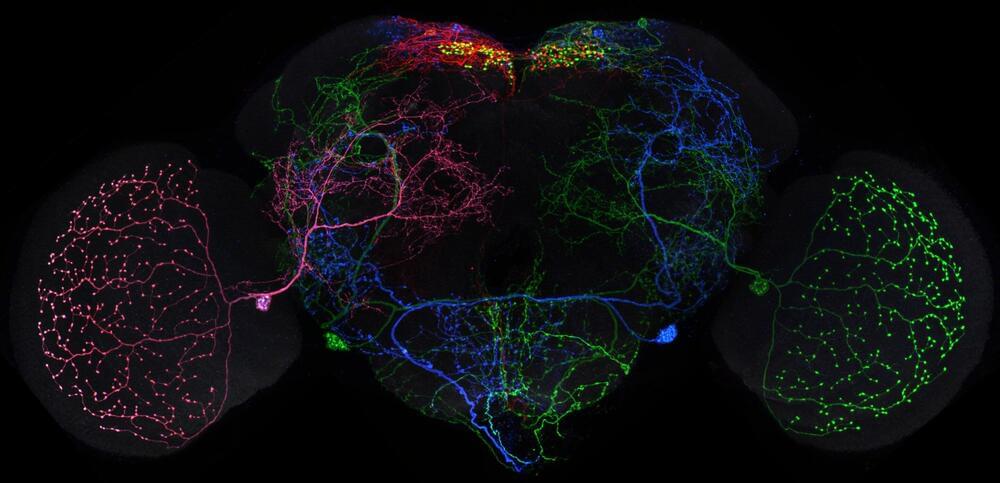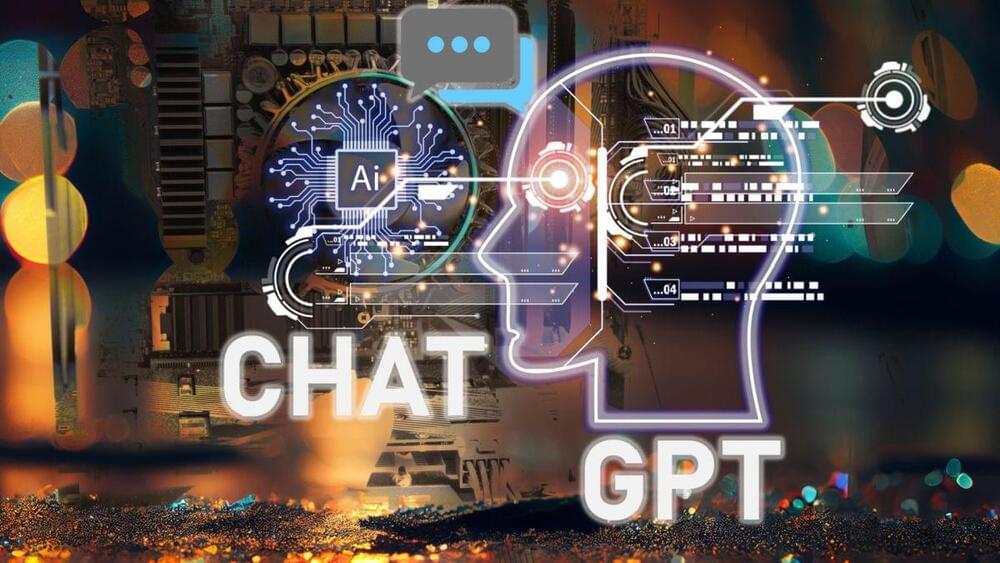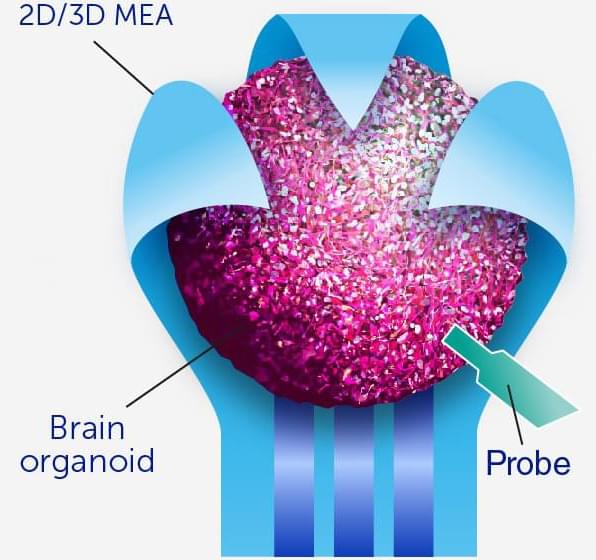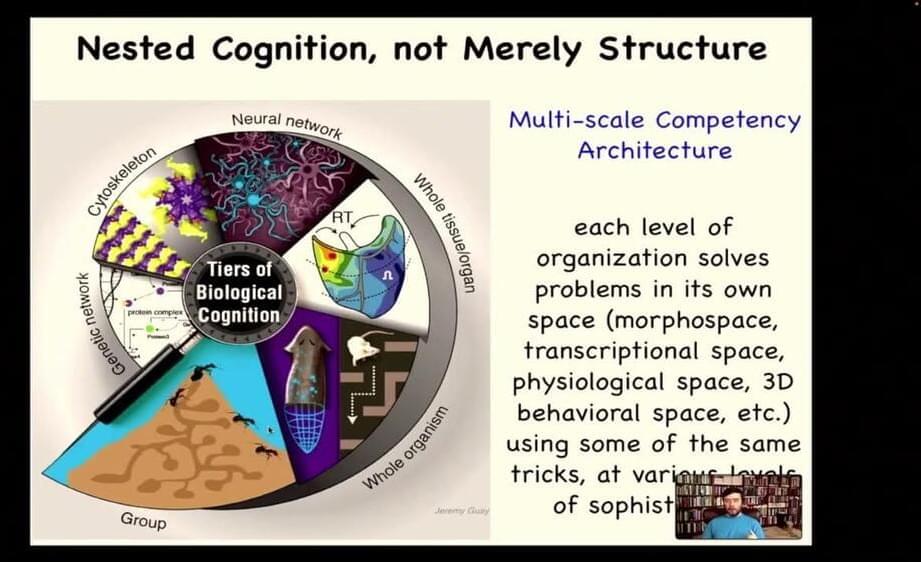Mar 2, 2023
Black Holes Are Even Weirder Than You Thought!
Posted by Dan Breeden in categories: cosmology, information science, mathematics, singularity
Claim your SPECIAL OFFER for MagellanTV here: https://try.magellantv.com/arvinash Start your free trial TODAY so you can watch The Most Powerful Black Holes in the Universe” about the extremes of time and space, and the rest of MagellanTV’s science collection: https://www.magellantv.com/watch/the-most-powerful-black-hol…niverse-4k.
REFERENCES
The Tempest by Peter Cawdron: https://tinyurl.com/2ep4uzvs.
Inside Black Holes: https://youtu.be/iUr8Obv_DeA
How Black Holes form: https://youtu.be/7xCgnMqIgPI
How Stable orbits form around Black Holes: https://tinyurl.com/2klz9mfd.
Continue reading “Black Holes Are Even Weirder Than You Thought!” »
